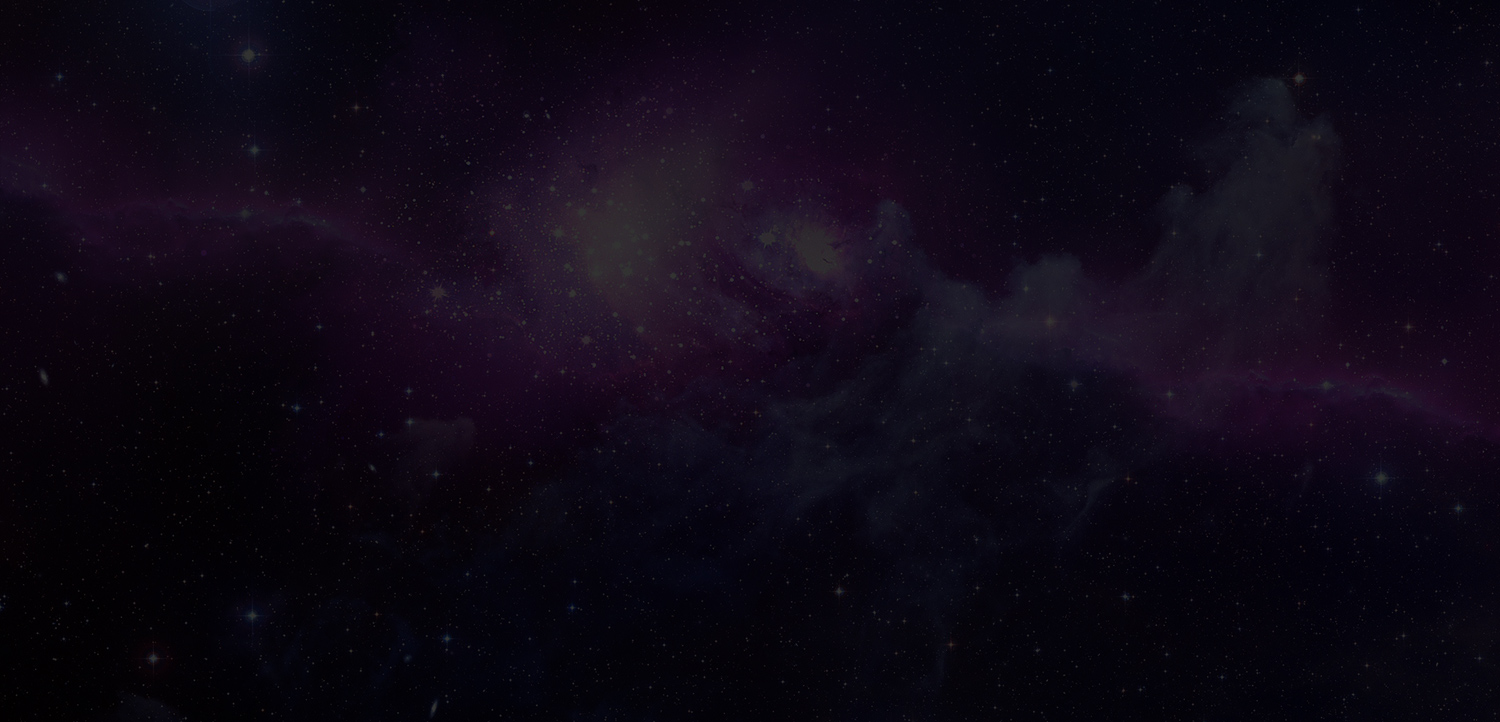My style is in the 21st century. If you look at the process, it goes from photography through Photoshop, where certain features are heightened, elements of the photo are diminished. There is no sense of truth when you're looking at the painting or the photo or that moment when the photo was first taken.
Stained glass is unique from the outside, but as a painting insider, I know that oil painting's all about light. And it's about the depiction of light, the way that it bounces off different types of skin, different landscapes. The mastery of that light is the obsession of most of my painter friends.
During 1989, my mother, who was exceedingly good at finding these free programs - you know, we were on welfare, just trying to get through - but she would find these amazing programs. She sent me to the Soviet Union at the age of 12 to go study in the forest of then-Leningrad with 50 other Soviet kids.
